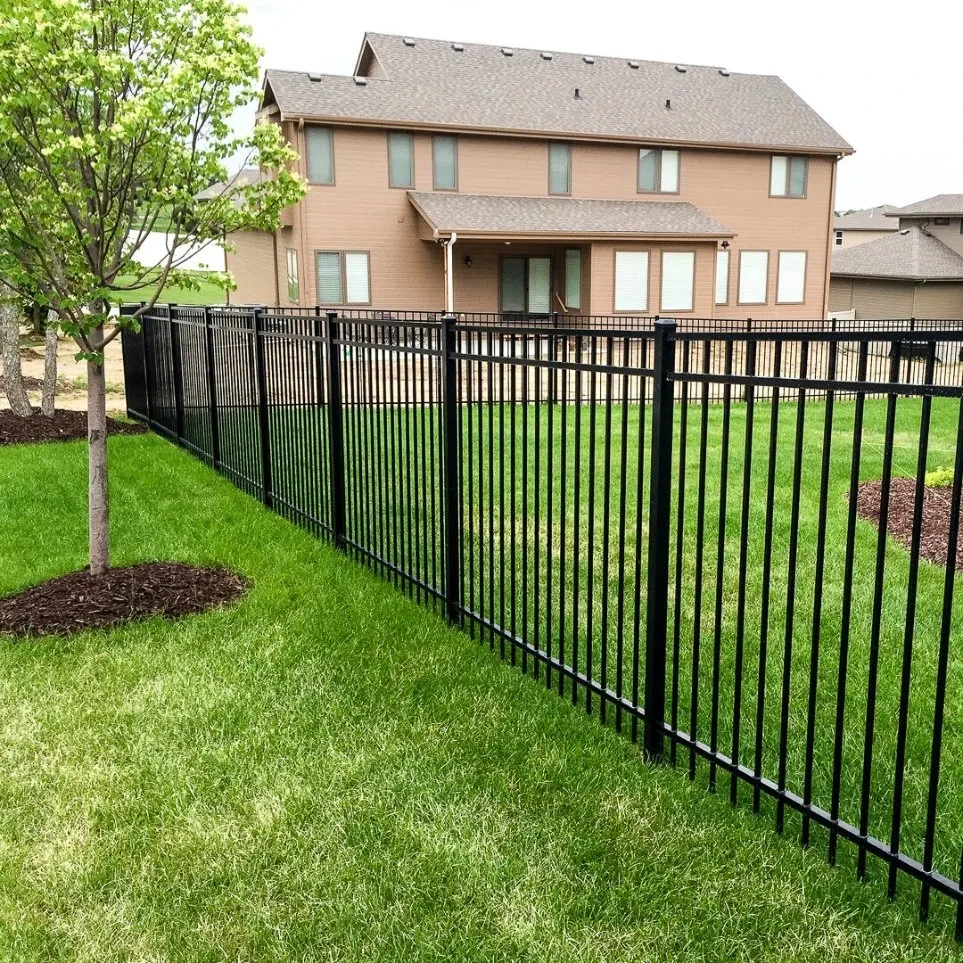Dec . 17, 2024 04:50 Back to list
Essential Supplies for Livestock Fencing and Boundary Protection Solutions
The Essential Guide to Livestock Fencing Supplies
When it comes to managing livestock, one of the most crucial aspects is ensuring that the animals are securely contained within their designated areas. This is where livestock fencing supplies come into play. A well-constructed fence not only keeps livestock safe but also ensures the protection of surrounding property and wildlife. In this article, we will explore the different types of fencing supplies available, the importance of choosing the right materials, and tips for effective installation and maintenance.
Types of Livestock Fencing Supplies
1. Fencing Materials - Barbed Wire Often used for cattle and larger livestock, barbed wire is made of two strands twisted together with barbs placed at intervals. It is an economical choice and can be very effective in keeping larger animals contained. - Field Fencing This type of fencing is ideal for containing sheep, goats, and other smaller livestock. It consists of horizontal and vertical wires that form a grid, preventing animals from escaping while allowing smaller size creatures to keep out. - Electric Fencing Increasingly popular in modern livestock management, electric fencing uses a low-voltage current to deter animals from touching or crossing the fence line. This type is versatile and can be very effective for both large and small animals. - Vinyl or Woven Wire Fencing These materials provide a strong physical barrier and add an aesthetic appeal to your farm. They are durable and require less maintenance compared to traditional options.
2. Posts and Supports - Wooden Posts Traditional wooden posts are sturdy and can last many years if treated properly. They can provide a stable structure for various types of fencing materials. - Metal T-Posts These are lightweight, easy to install, and resistant to the elements, making them a popular choice for farmers who want durability combined with ease of use. - Concrete Posts For those looking for maximum stability and longevity, concrete posts offer an excellent solution. They can be a bit more expensive but offer the best resistance to wear and tear.
3. Gates - Gates are essential for livestock fencing. They provide access points while ensuring the integrity of the enclosure. When choosing a gate, ensure it is strong enough to withstand the forces of the animals and the elements, ideally constructed from durable materials such as treated wood or metal.
4. Accessories - Fencing supplies are not limited to the main materials. Other essential accessories include fencing staples, insulators for electric fencing, gate latches and hinges, and tensioning tools. These components play a vital role in the overall functionality and safety of your fencing.
livestock fencing supplies

The Importance of Choosing the Right Materials
Choosing the correct fencing supplies is paramount. Poor quality materials can lead to breaches, at times risking livestock safety and incurring additional costs due to escapees or injuries. The selection process should consider factors such as the type of livestock being contained, the terrain of the land, and weather conditions. For instance, goats are known for their climbing abilities and dexterity, so ensuring your fence can withstand their escape attempts is essential.
Installation Tips
Installing livestock fencing can be a straightforward process if done correctly. Here are some tips
- Plan Your Layout Before starting, plan the perimeter where the fence will be placed, taking into account the specific needs of your livestock and any environmental factors such as natural barriers and vegetation. - Post Spacing Keep a consistent spacing between posts to ensure stability. Typically, wooden posts should be spaced about 8 to 12 feet apart. - Height Matters The height of the fence is crucial. For example, a barbed wire fence for cattle typically needs to be at least 54 inches tall, while a field fence might be effective at 42 inches for smaller animals. - Regular Maintenance After installation, regularly check your fence for signs of wear, damage, or any places where animals might escape. Addressing these issues promptly can prolong the fence's life and maintain the safety of your livestock.
Conclusion
Investing in quality livestock fencing supplies is a fundamental step in effective farm management. By understanding the various materials and their applications, along with the importance of proper installation and maintenance, farmers can create environments that keep their livestock safe and their farms productive. Whether you choose barbed wire, electric fencing, or woven wire, ensure that your choice aligns with the specific needs of your operations, helping you maintain the safety and productivity of your business for years to come.
-
Reinforcing Mesh: Core Material of the Construction Industry
NewsJul.07,2025
-
Welded Wire Fabric Reinvented for Modern Projects
NewsJul.04,2025
-
Superiority of Stainless Steel Woven Mesh
NewsJul.04,2025
-
Key Types of Razor Wire and Their Applications
NewsJul.04,2025
-
Durable Metal Fence Types for Security
NewsJul.04,2025
-
Best Materials for Livestock Fence
NewsJul.04,2025
products.







